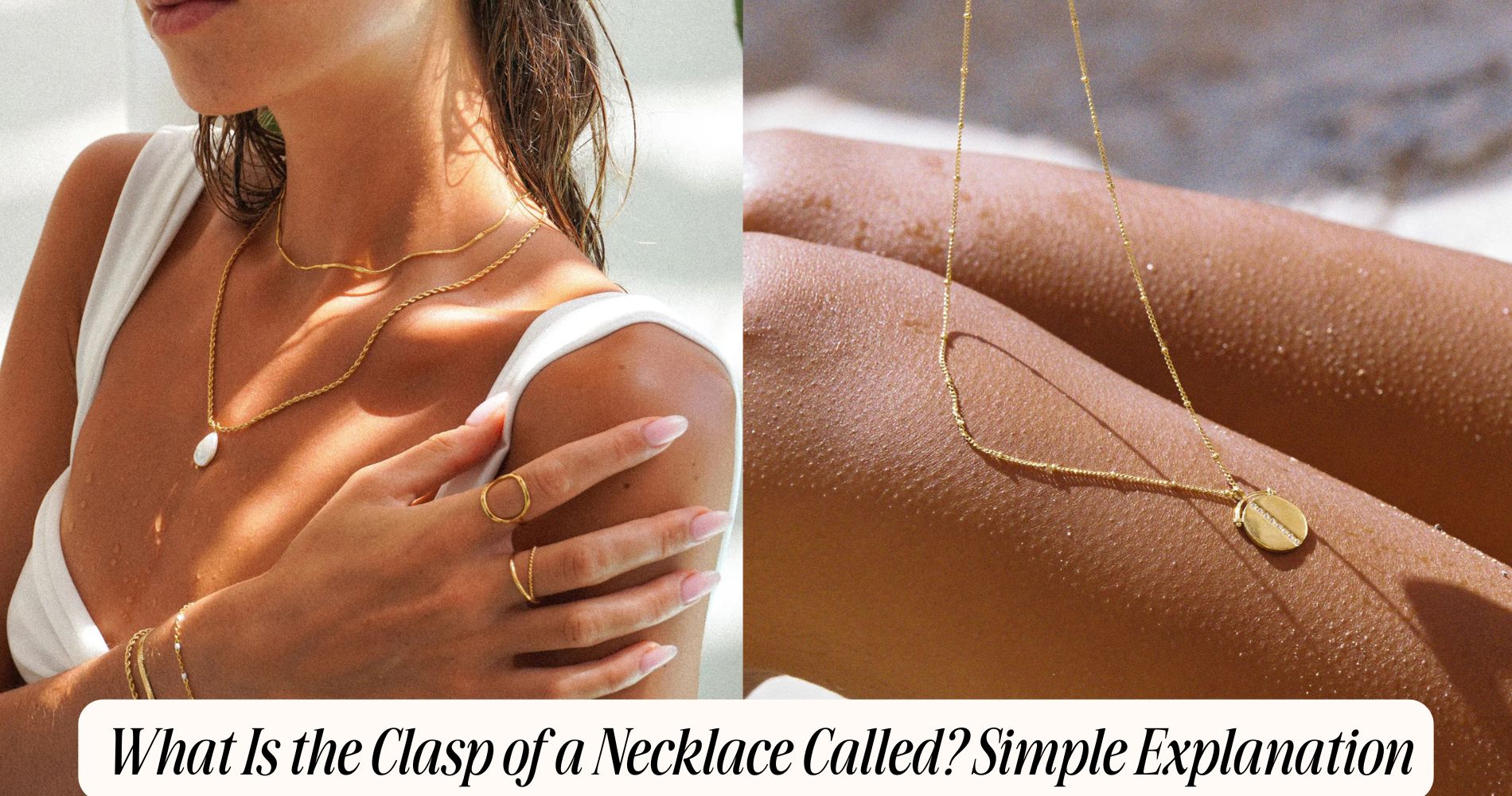
What Is the Clasp of a Necklace Called? Simple Explanation
Have you ever wondered, what is the clasp of a necklace called? Often overlooked, the clasp is the fastening mechanism that keeps your jewelry secure and stylish. There are various types, such as the lobster claw, spring ring, or magnetic clasps, each designed for both convenience and aesthetic appeal. The choice of clasp not only enhances the necklace's overall look but also ensures it stays in place all day. Materials like elegant gold or durable stainless steel further influence the design. Understanding these details can enhance your jewelry experience. If you're searching for a perfect match to pair with your clasp, explore Atolea's ocean necklaces collection, featuring elegant designs inspired by the sea. Stick around to learn more about clasp types, care tips, and much more.
Understanding Necklace Clasps
When choosing a necklace, understanding clasps can greatly enhance your overall experience. The clasp is more than just a functional component; it's an essential element that blends artistry with practicality.
Historically, clasps have evolved from simple hooks made of bone or metal to intricate designs crafted from various clasp materials like gold, silver, and even innovative plastics. Each material not only influences the aesthetic appeal but also impacts durability and ease of use.
For instance, a sterling silver clasp offers elegance, while a magnetic clasp provides convenience. By knowing the materials and their historical significance, you can select a clasp that complements your style, ensuring your necklace remains secure while showcasing your individuality beautifully.
Common Types of Clasps
While exploring the world of necklace clasps, you'll find a variety of types, each designed to cater to different preferences and needs.
Magnetic clasps are a favorite for their ease of use; simply bring the two ends together, and they snap shut, making them perfect for those who struggle with traditional clasps.
On the other hand, toggle clasps offer a blend of style and functionality. They consist of a bar that slides through a loop, creating a secure closure. This type not only adds an artistic touch but also allows for quick fastening, making it a popular choice among jewelry enthusiasts.
Function of Necklace Clasps
Understanding the various types of clasps not only enhances your jewelry-making skills but also highlights their significant functions. A necklace clasp primarily provides clasp security, ensuring your treasured piece stays firmly in place throughout the day.
Imagine the distress of losing a favorite necklace because of a faulty clasp!
Moreover, clasp convenience plays a crucial role in your daily wear. You want a clasp that's easy to manipulate, allowing you to put on or take off your necklace effortlessly.
Some clasps, like lobster claws, offer both strength and ease of use, while magnetic clasps provide a quick, hassle-free solution.
Ultimately, the right clasp balances security and convenience, making your necklace not just a beautiful accessory, but a practical one too.
How to Choose a Clasp
How do you choose the perfect clasp for your necklace? Start by considering clasp materials; options like sterling silver, gold, or stainless steel can affect both durability and aesthetics.
If you're crafting a statement piece, a bold clasp can enhance the design, while a delicate clasp might suit a more understated necklace.
Next, think about clasp sizes. A larger clasp might be easier to manipulate, especially for those with dexterity issues, while smaller clasps can provide a sleek, seamless look.
Make sure the clasp's size complements the necklace's overall weight and design.
Ultimately, balance functionality with style to create a piece that's not just beautiful but also easy to wear. Your choice will set the tone for your entire necklace!
Care and Maintenance Tips
To keep your necklace clasp looking pristine, regular cleaning is essential; a soft cloth and mild soap can work wonders.
When you're not wearing it, store your necklace in a soft pouch or a jewelry box to prevent scratches and tangles.
Regular Cleaning Practices
Although it may seem tempting to neglect the upkeep of your necklace's clasp, regular cleaning is essential to safeguard its longevity and functionality.
Start by using gentle cleaning techniques tailored to your jewelry materials. For metal clasps, a soft cloth slightly dampened with water or mild soap can work wonders. Avoid abrasive cleaners that might scratch the surface.
If your clasp features gemstones or delicate embellishments, consider a soft brush to remove dirt. For gold or silver clasps, a specialized jewelry cleaner can restore shine without damaging the finish.
Make it a habit to clean your clasp periodically, and you'll not only enhance its appearance but also safeguard a smooth, secure closure for years to come.
Proper Storage Methods
Once you've given your necklace's clasp the care it deserves, it's time to focus on how you store it. Proper organization is key to keeping your jewelry in pristine condition.
Consider using soft pouches or dedicated necklace boxes to prevent tangling and scratching. When choosing storage solutions, opt for compartments that keep your necklaces separated and visible. Avoid hanging them on hooks, as this can cause unnecessary stress on the clasp.
If you have multiple necklaces, a jewelry organizer with padded slots can be a perfect choice. Remember to keep your storage area dry and away from direct sunlight to prevent tarnishing.
DIY Clasp Repair
When a necklace clasp breaks, it can feel like the end of your favorite accessory, but fixing it yourself is simpler than you might think.
Start by gathering your DIY clasp materials like jump rings, pliers, and a new clasp. You'll need clasp repair tools such as wire cutters and needle-nose pliers for precision.
First, assess the damage—if the clasp is merely detached, you can reattach it using a jump ring. Open the jump ring with your pliers, slide it through the clasp and necklace chain, then close it securely.
If the clasp is broken, replace it by removing the old one and attaching a new clasp with similar dimensions.
With a little patience, your necklace will be ready to wear again!
Popular Necklace Styles and Clasps
When you explore popular necklace styles, you'll quickly notice how essential the clasp is to both functionality and aesthetic appeal.
Each type of clasp—from the classic lobster claw to the elegant toggle—serves a purpose while complementing various designs.
Understanding these combinations not only enhances your appreciation for jewelry but also helps you choose pieces that suit your personal style.
Types of Necklace Clasps
While you mightn't think much about them, necklace clasps play an essential role in both functionality and aesthetics. Understanding the types of clasps can enhance your jewelry experience.
Magnetic clasps, for instance, are popular for their ease of use; they securely snap together with a simple pull, making them ideal for those who struggle with traditional clasps.
On the other hand, toggle clasps offer a unique visual appeal. They consist of a bar that slides through a circular loop, providing a stylish touch while ensuring a secure fit.
Each type has its charm and practicality, whether you favor the simplicity of magnetic clasps or the elegance of toggle clasps. Choose wisely to complement your necklace's design!
Popular Necklace Styles
Necklaces come in a dazzling array of styles, each offering its own unique flair and charm. One popular choice is the statement necklace, designed to grab attention with bold designs and vibrant colors.
Whether you're dressing up for a special occasion or looking to elevate a casual outfit, these pieces can instantly transform your look.
Layering techniques are another trend that's taken the jewelry world by storm. By combining shorter and longer necklaces, you can create a personalized style that showcases your creativity.
Experiment with different textures and materials to find the perfect combination that reflects your personality. Remember, the right necklace can make all the difference in expressing your individual style.
Clasp Functionality and Design
Although a necklace's aesthetic appeal often steals the spotlight, its clasp functionality and design play an essential role in both style and usability. When choosing a clasp, consider how it complements the necklace's overall look.
Clasp aesthetics can enhance your jewelry, with options ranging from sleek lobster clasps to intricate box clasps. The materials used—like gold, silver, or even durable stainless steel—affect not just appearance but also longevity and security.
A well-designed clasp should be easy to use, ensuring your piece stays securely in place while looking fabulous. Whether you prefer a minimalist design or something more ornate, the right clasp balances beauty and practicality, ensuring your necklace remains a cherished accessory for years to come.
Frequently Asked Questions
Can Necklace Clasps Be Replaced With Any Type?
You can replace a necklace clasp, but you need to take into account clasp compatibility and clasp styles. Not every clasp fits every chain, so choose wisely to guarantee your necklace remains secure and stylish.
What Materials Are Commonly Used for Necklace Clasps?
You'll find necklace clasps typically made from materials like stainless steel or gold. Magnetic clasps offer convenience, while lobster clasps provide security. Both types guarantee your jewelry stays intact and complements your style beautifully.
Are There Clasps That Are Hypoallergenic?
Yes, you can find clasps made from hypoallergenic materials like titanium, surgical stainless steel, or gold. These options help you avoid clasp allergies while ensuring your jewelry remains both stylish and comfortable for daily wear.
How Do I Know if a Clasp Is Secure?
To guarantee your clasp's secure, regularly inspect clasp types for wear and tear. Proper clasp maintenance, like cleaning and tightening, helps prevent unexpected openings, guaranteeing your jewelry stays safe while you wear it.
Can I Use a Different Clasp on My Necklace?
Absolutely, you can use a different clasp on your necklace! Just verify the new clasp's compatibility with your existing design. Explore various clasp types, like lobster or toggle, to find the perfect match for your style.
Conclusion
In summary, the clasp of your necklace plays an essential role in both function and style. By understanding the various types and their specific uses, you can choose one that complements your jewelry perfectly. Remember to maintain your clasp for longevity and consider DIY repairs to keep it looking its best. With the right clasp, your necklace can shine brilliantly, reflecting not just your taste, but also the craftsmanship that goes into every piece you wear.








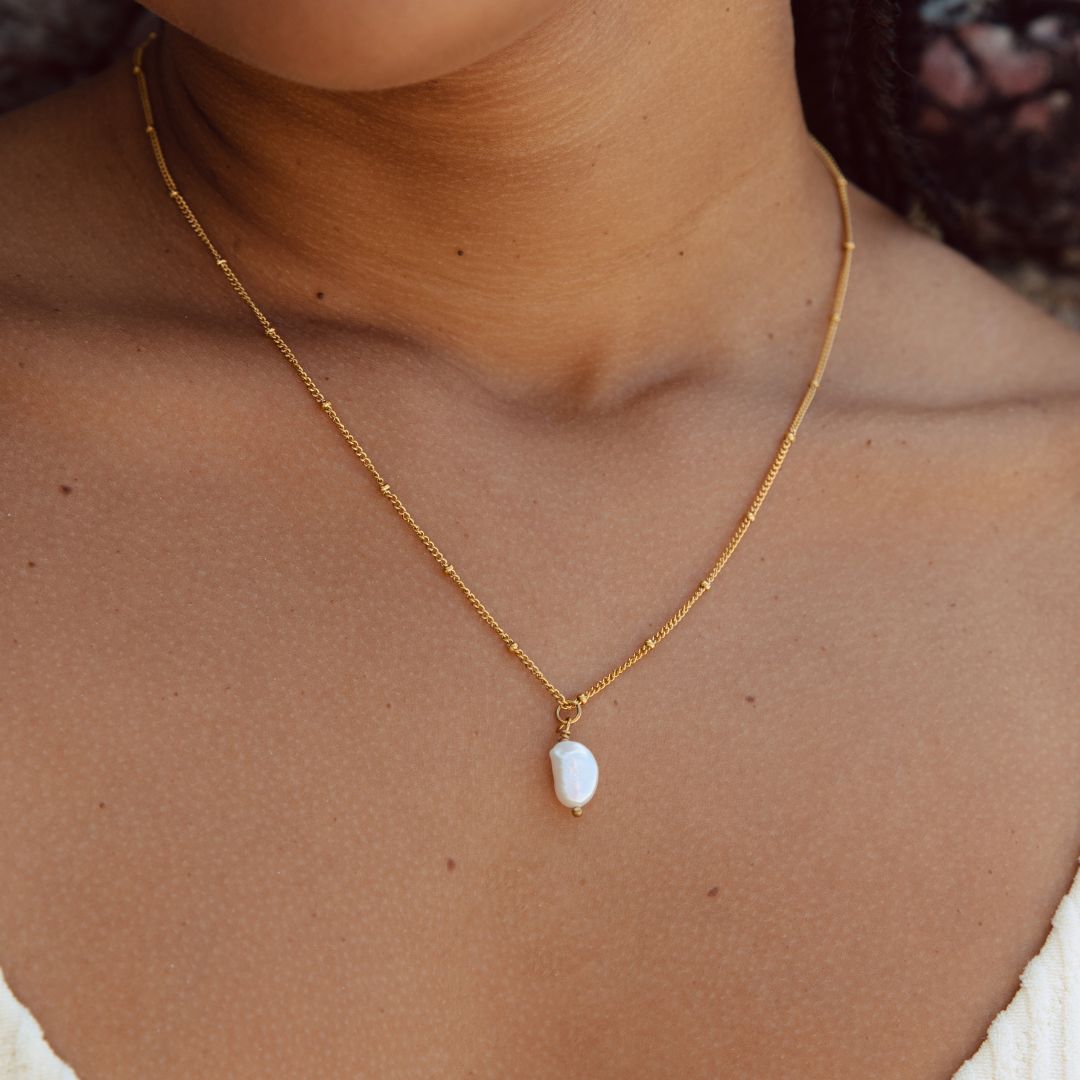

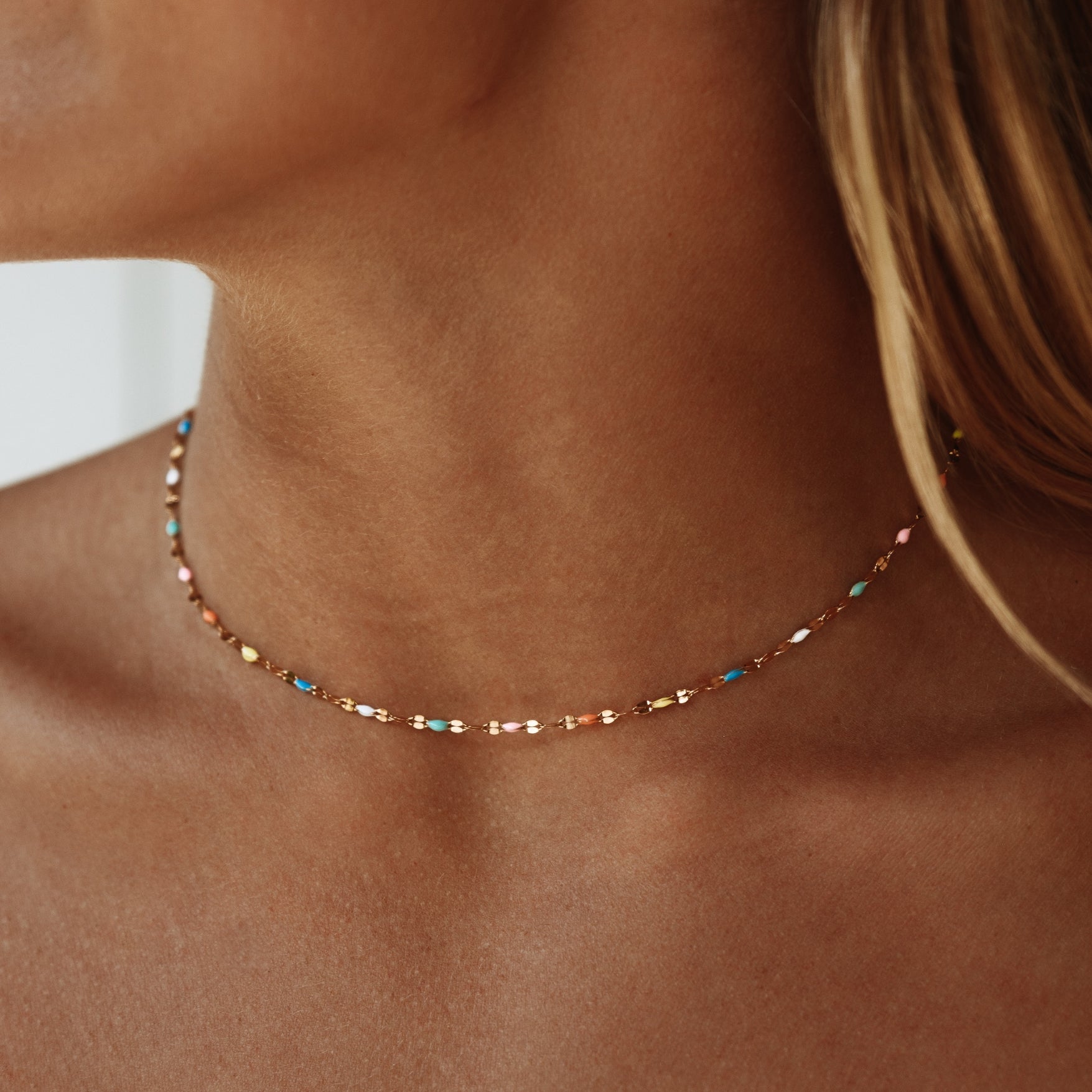


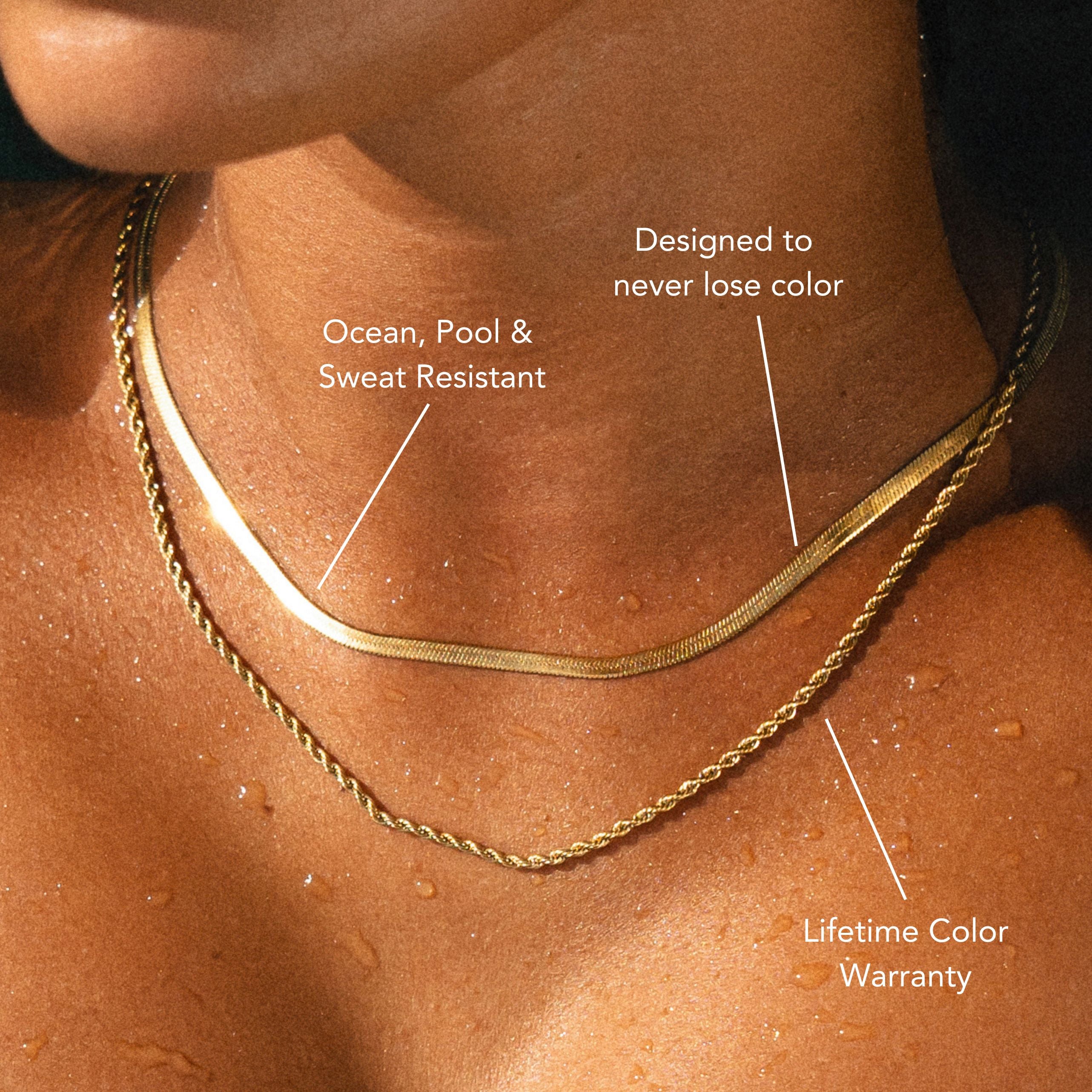
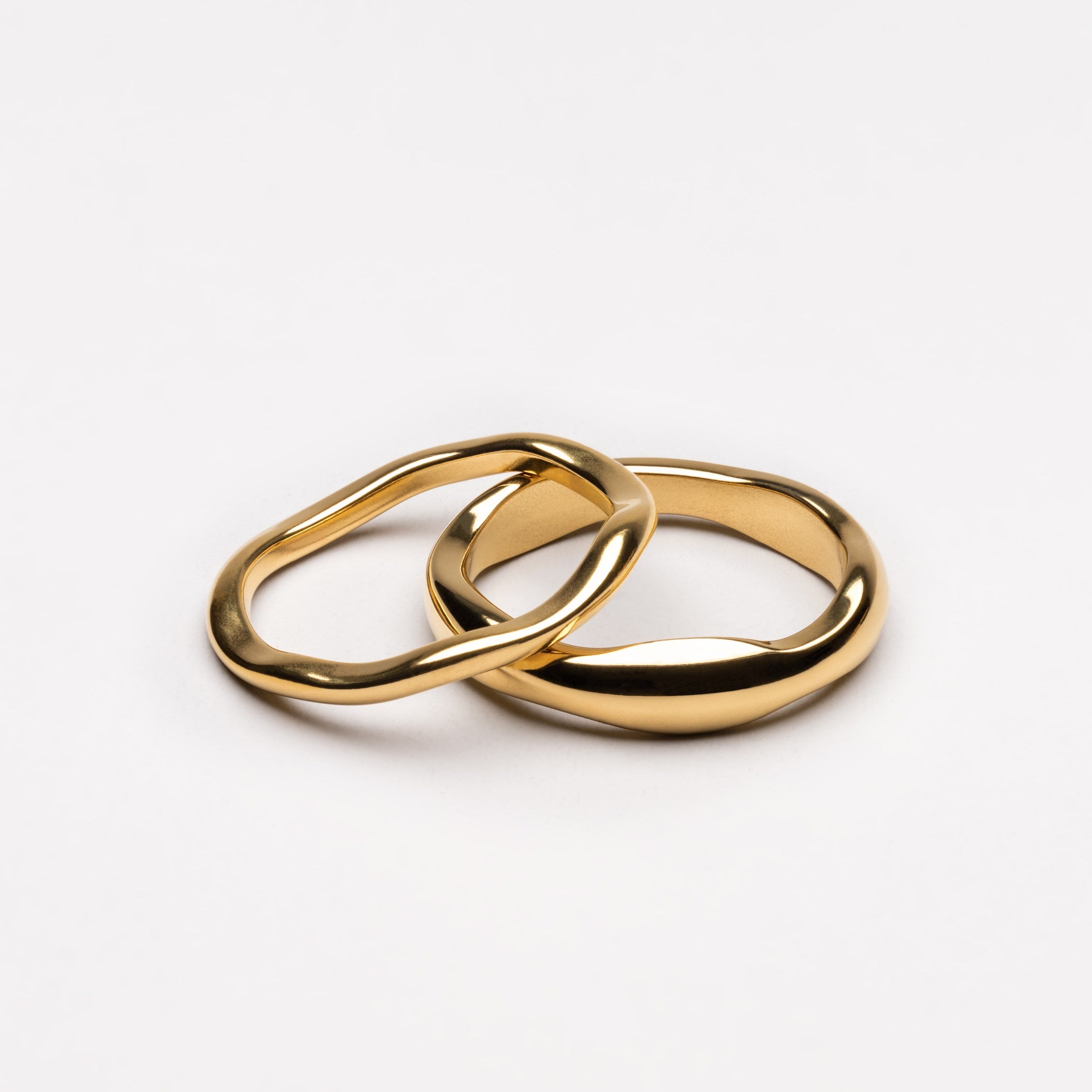
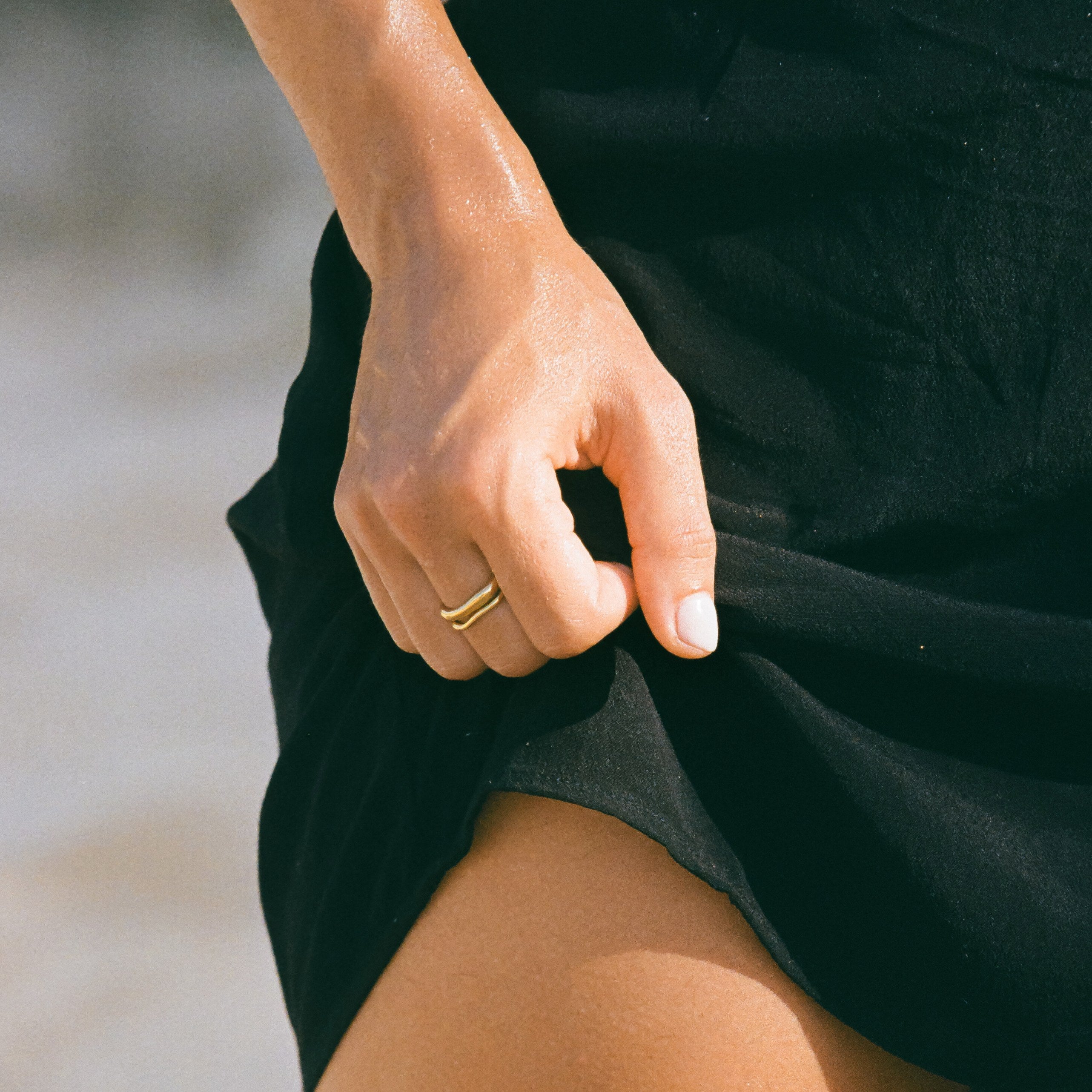

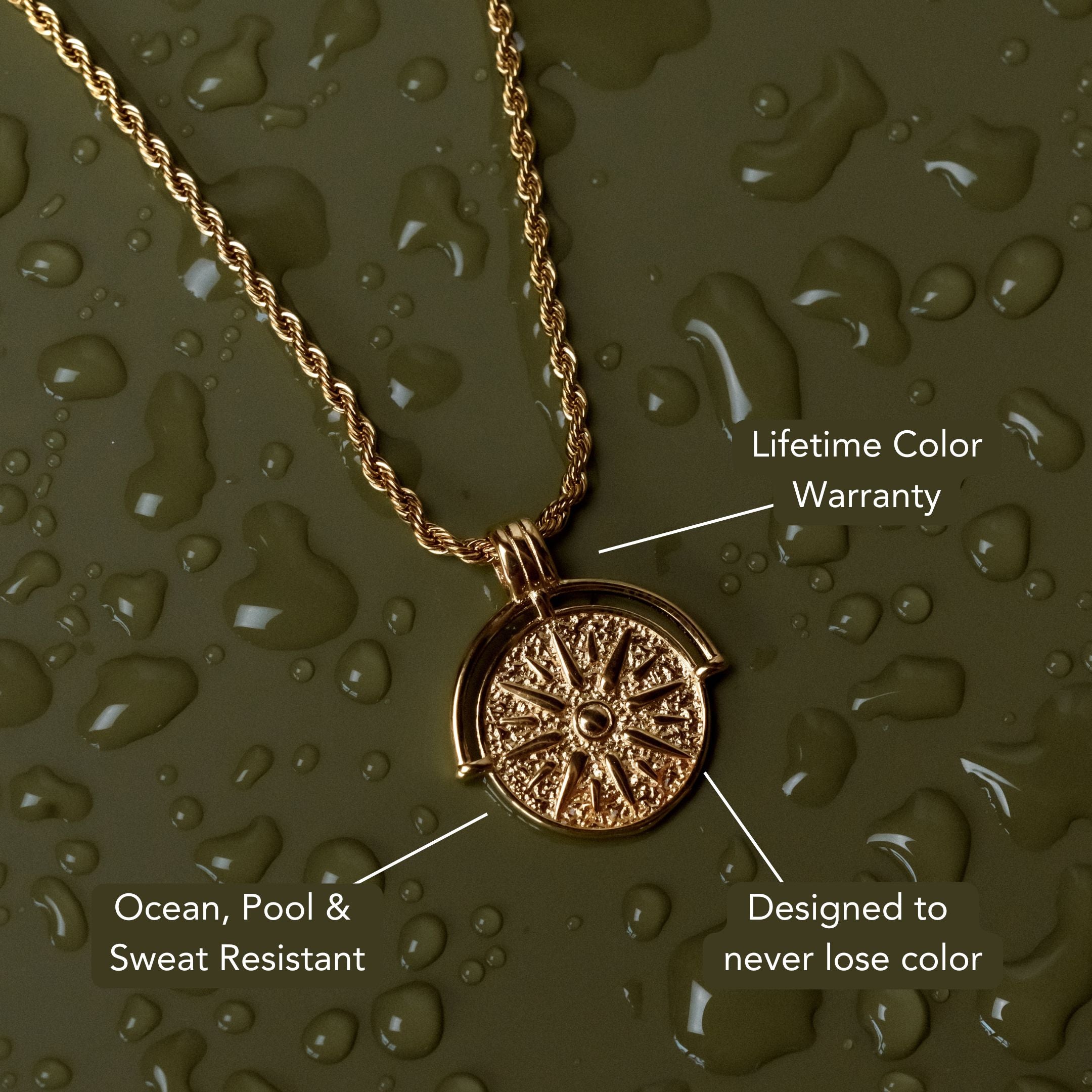

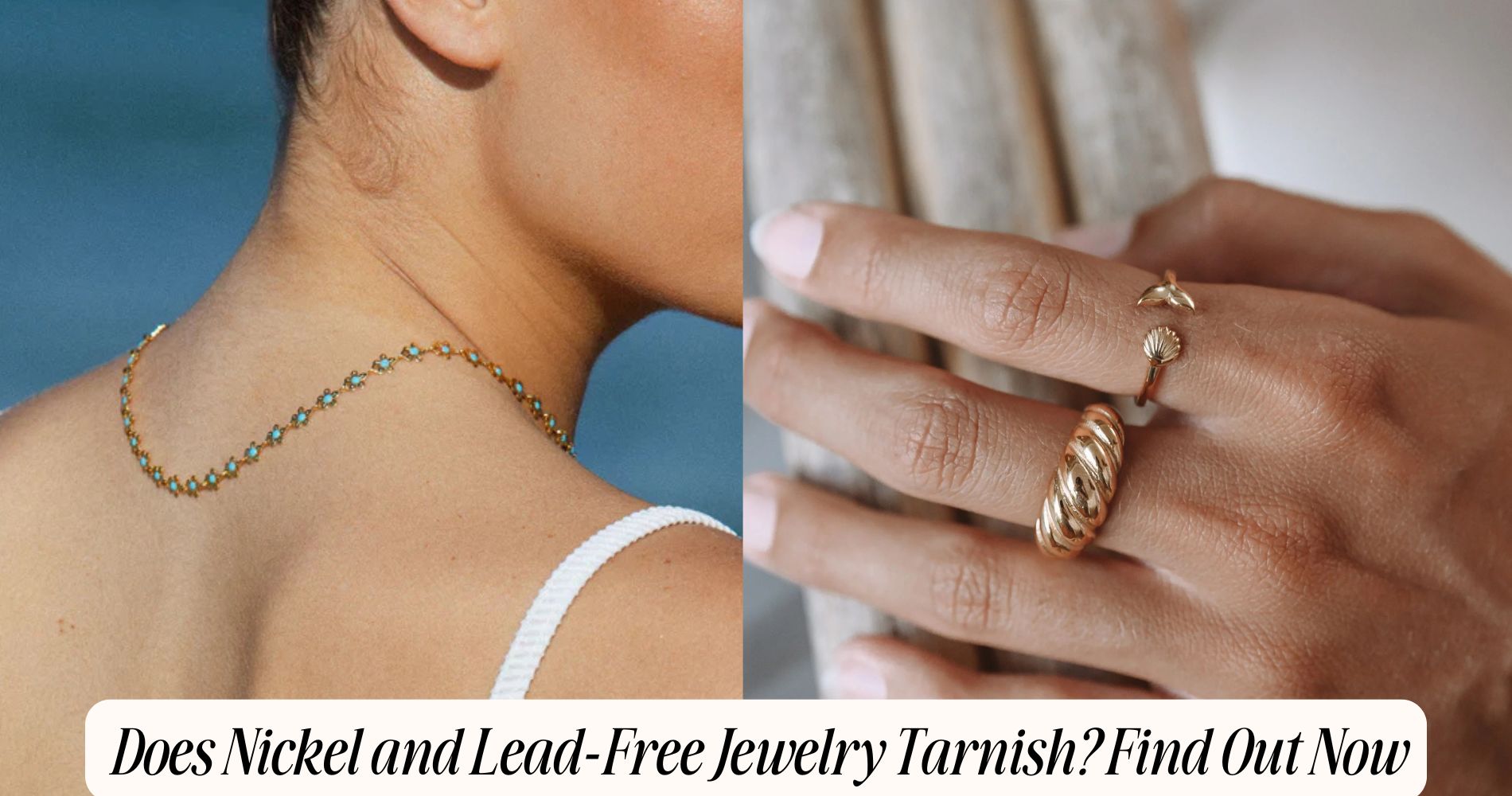




Leave a comment
This site is protected by hCaptcha and the hCaptcha Privacy Policy and Terms of Service apply.